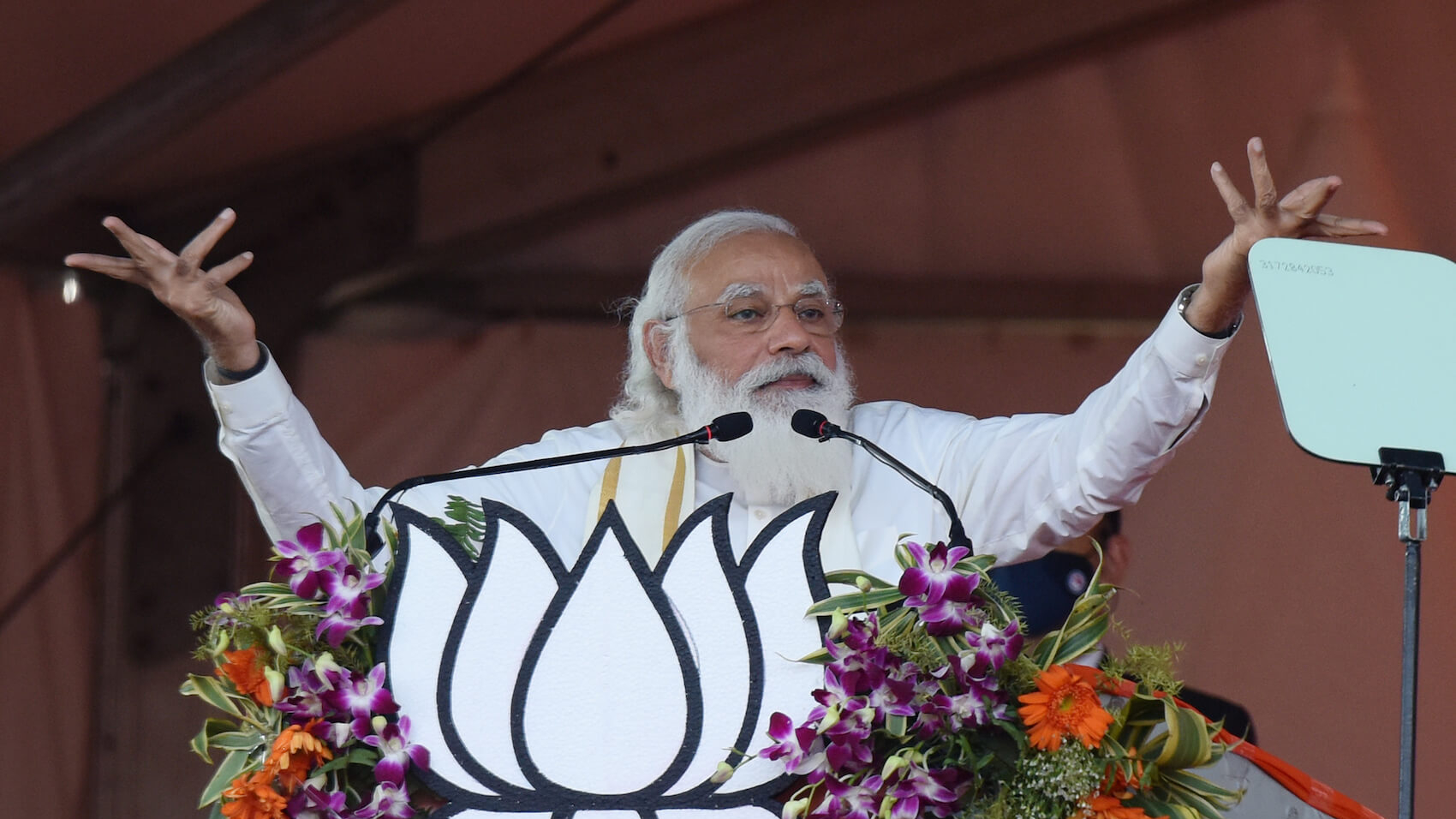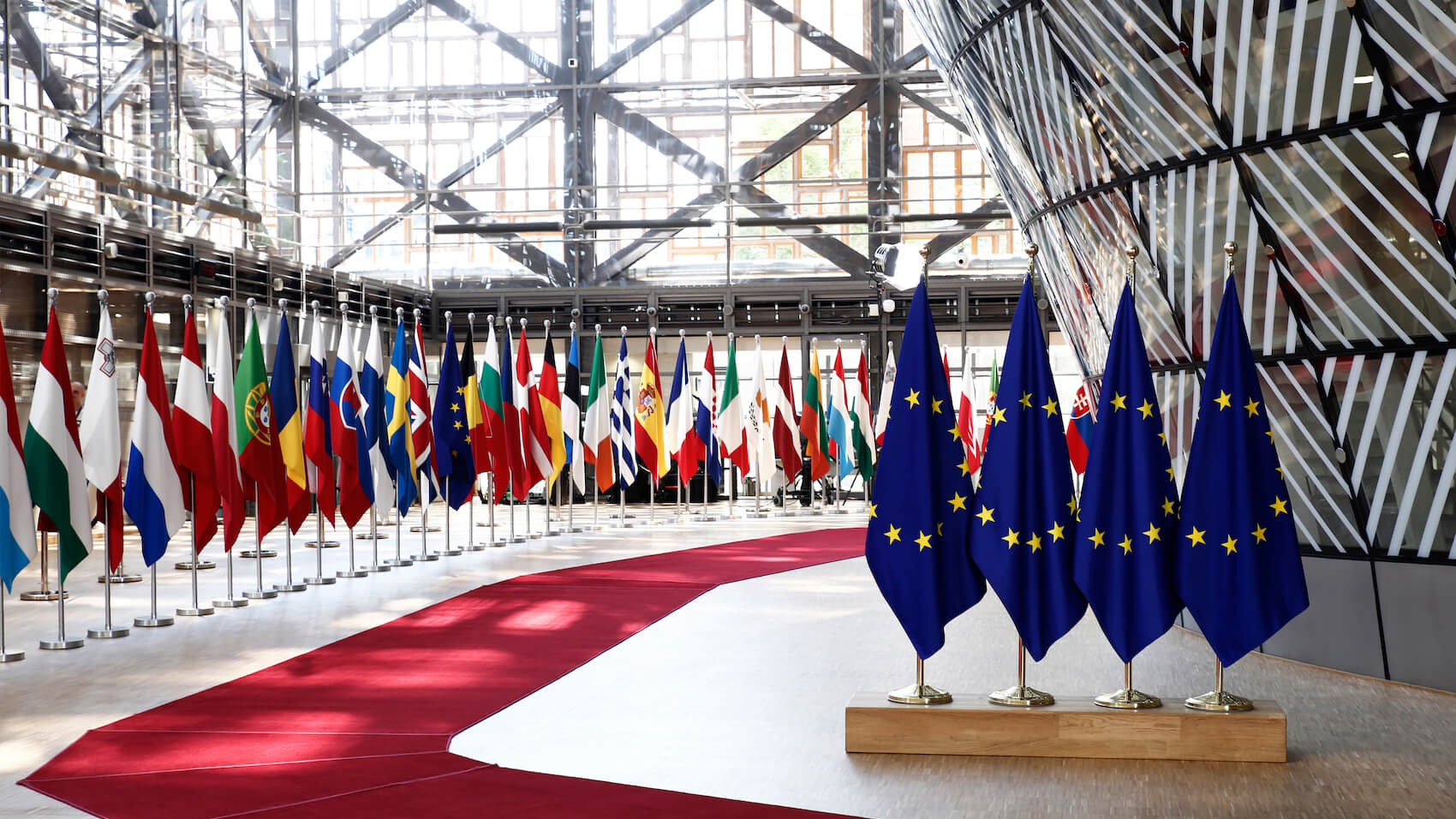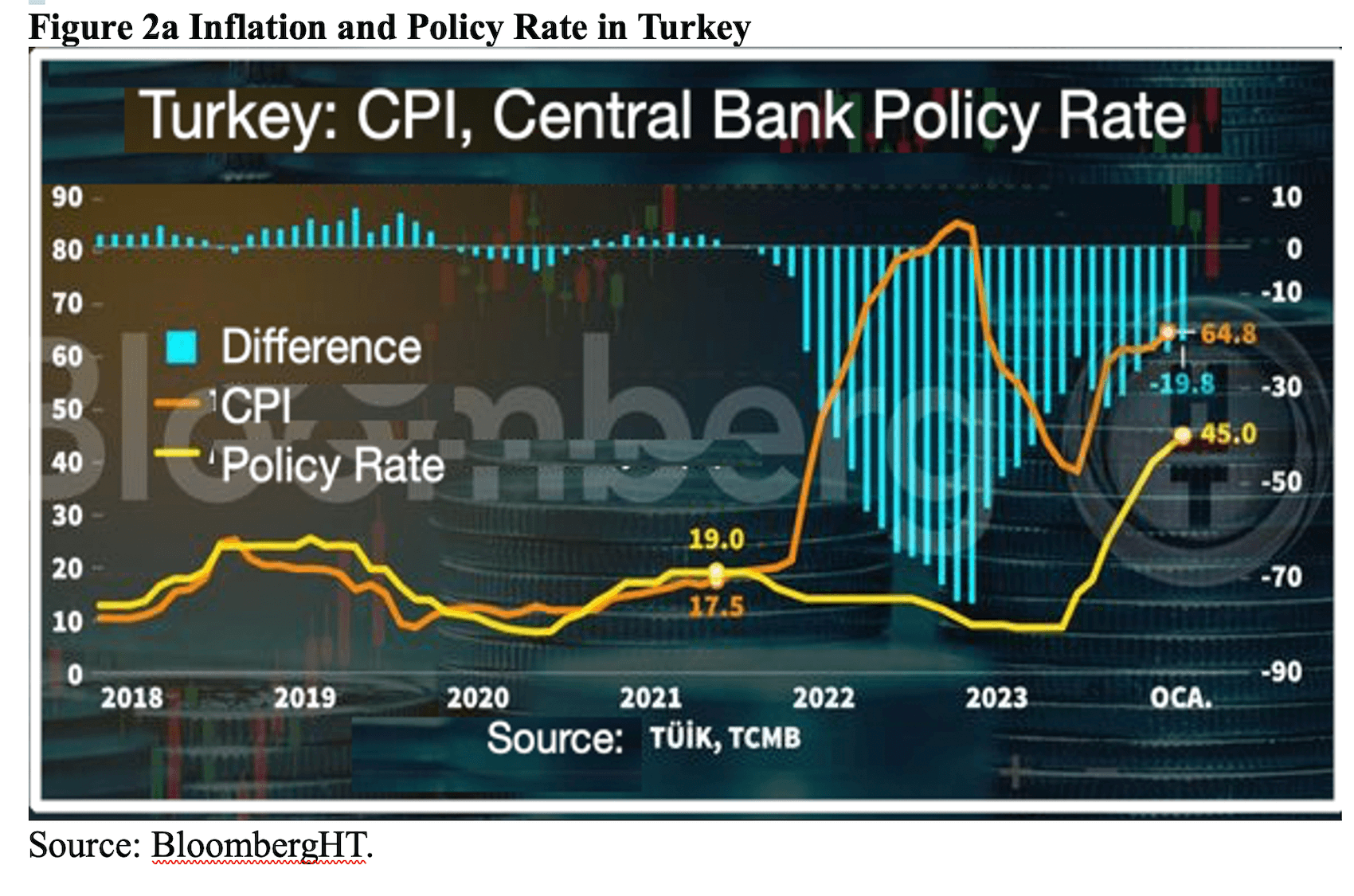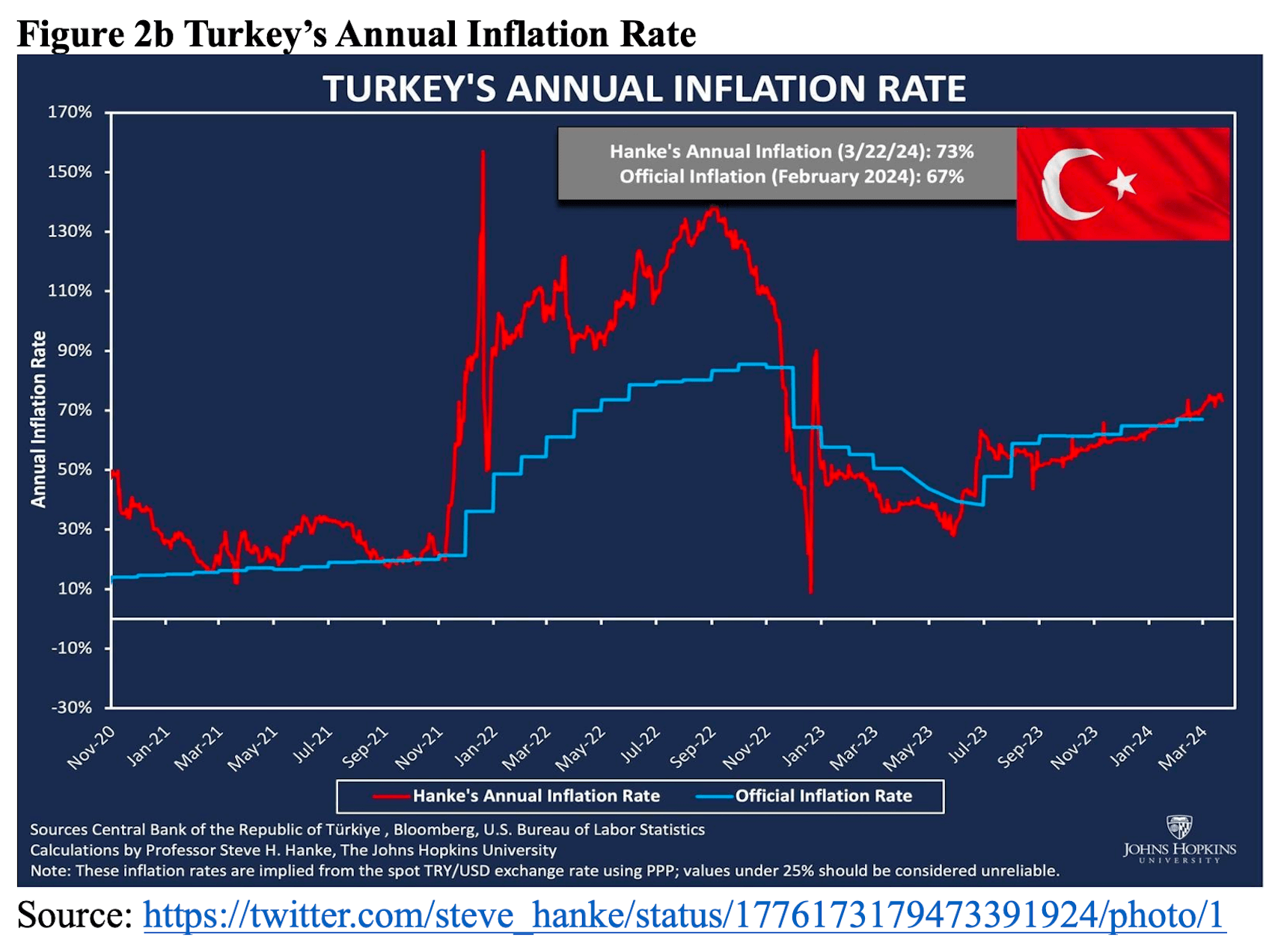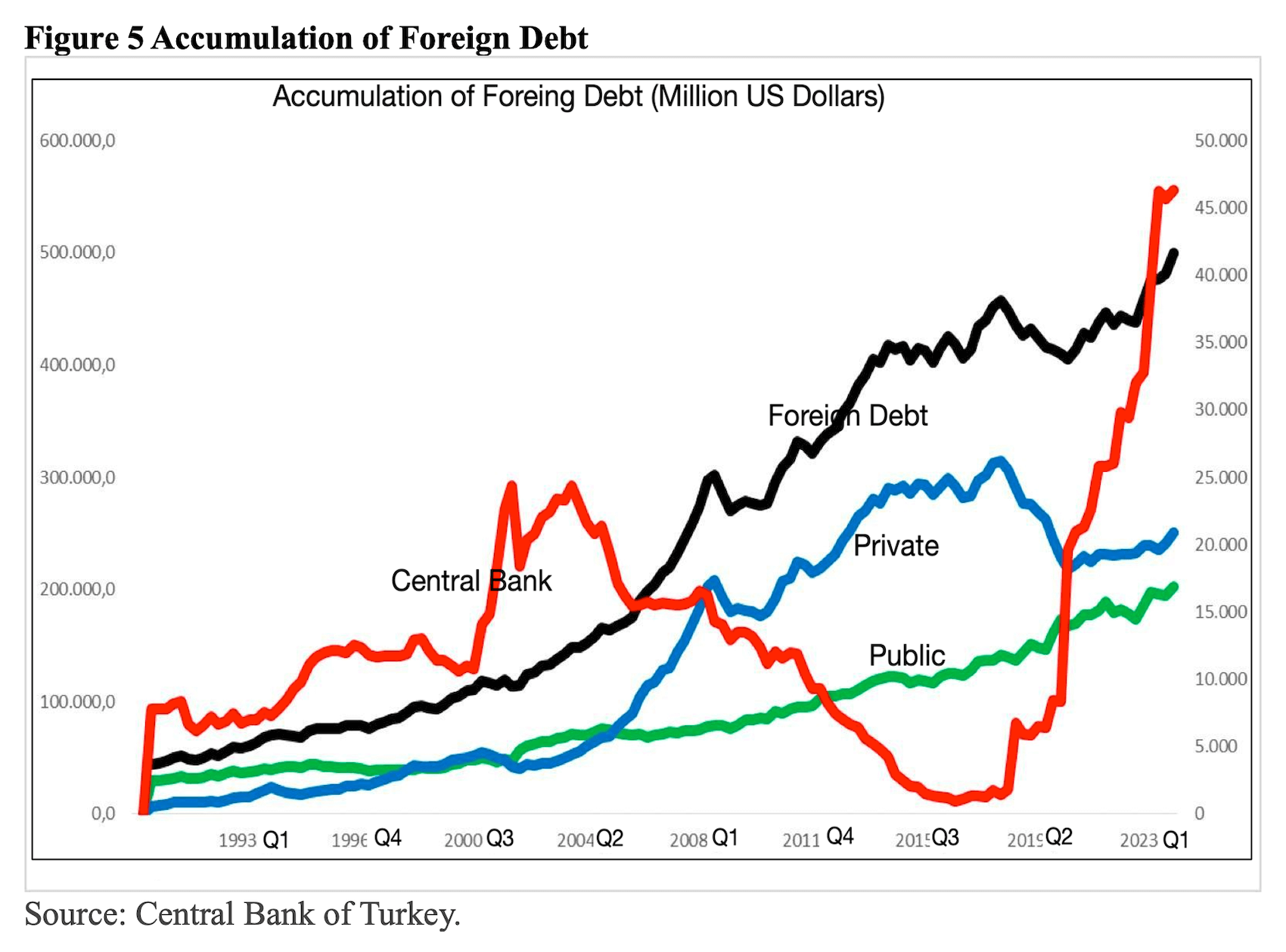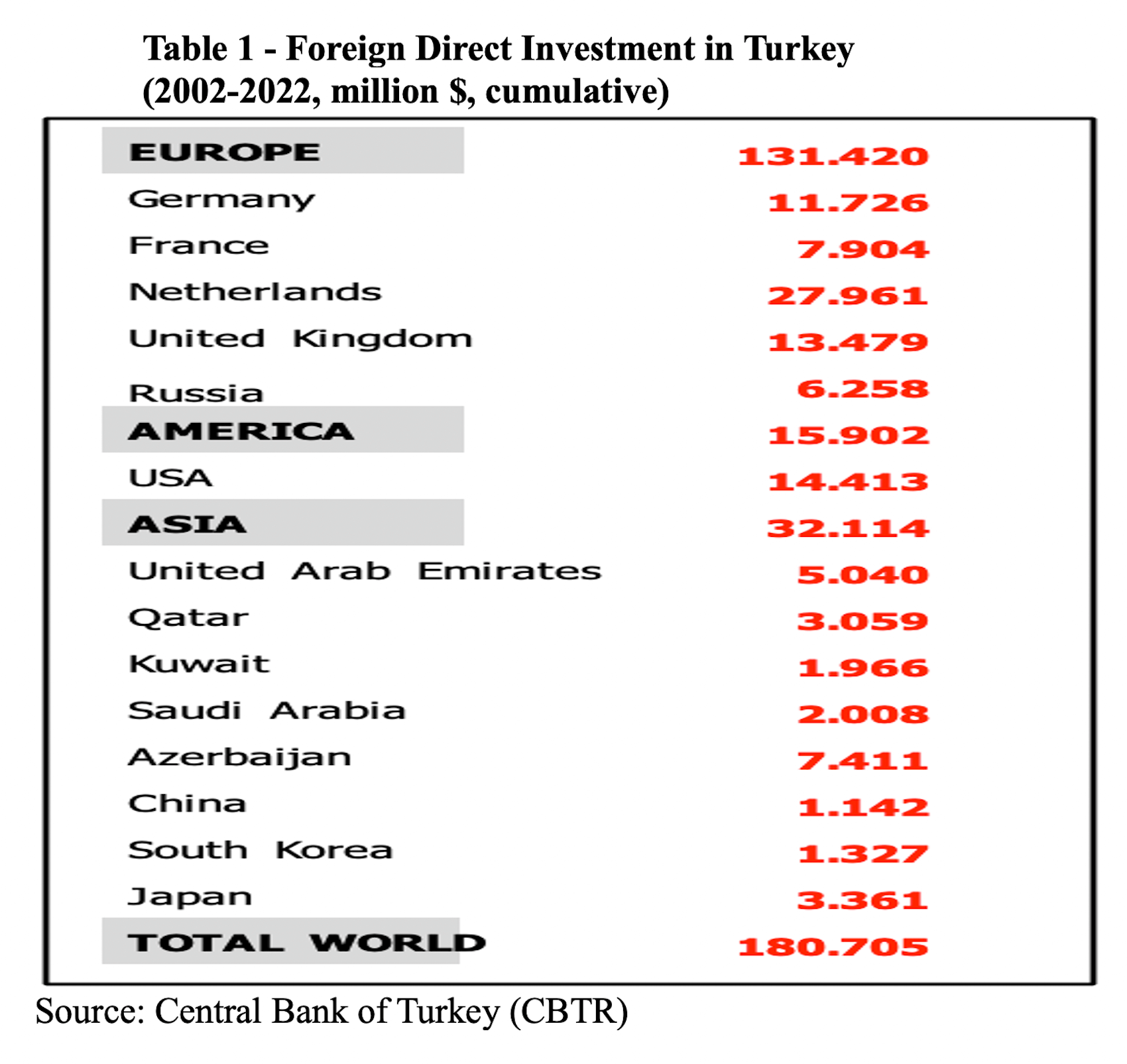The 2024 election was the least free and fair election in India’s history. Just days after India’s nationalist-populist Bharatiya Janata Party (BJP) formed a government for the third time, Delhi’s BJP Lieutenant Governor, V.K. Saxena, proceeded to charge the writer Arundhati Roy, a fierce critic of Modi, under the Unlawful Activities (Prevention) Act (UAPA) 2019 for a speech she gave in 2010. The already draconian law was amended in 2019 to allow the government more extraordinary powers to designate individuals and organizations as terrorists without a formal judicial process. BJP leaders accused Roy of being a traitor backed by the Congress party. This strongly indicates that some version of authoritarian populism, with its attacks on dissent, undermining of institutions, and social polarization, will likely continue to shape governance under the new government.
By Priya Chacko* and Kanchan Panday**
Introduction: India’s Unfree and Unfair 2024 Election
India’s nationalist-populist Bhartiya Janata Party (BJP) has formed government for the third time. The 2024 election was the least free and fair election in India’s history. For much of its history as an independent state, India has been an electoral democracy, defying the ‘Lipset hypothesis’ that democratic institutions and cultures usually only thrive in affluent societies. Barring a period of Emergency rule in the 1970s when elections were suspended, India has met the threshold for free and fair elections. Its voter turnout has typically been high at around 70%, and a complex electoral structure involving phased voting, a Model Code of Conduct (MCC), travelling electoral and security officials seek to reach all voters, and electronic voting has been put in place to prevent fraud. Since 2018, however, there has been a steep decline in the quality of India’s electoral democracy. The V-Dem Institute now regards India as an electoral autocracywithout sufficient freedoms and safeguards to ensure free and fair elections.
The BJP went to the polls supported by a pro-government mainstream media and with vastly more resources than other parties. This was thanks to an opaque electoral financing system it introduced, which was belatedly declared unconstitutional by the Supreme Court in February. Opposition leaders allege the Modi government is misusing state agencies to target them on charges of money laundering and tax violations. Before the election, two prominent opposition Chief Ministers, Arvind Kejriwal of the Aam Aadmi Party (AAP) and Hemant Soren of the Jharkhand Mukti Morcha (JMM), were arrested on charges of corruption.
However, even though Modi is embarking upon a third term, and despite the lack of a level electoral playing field, his party has been denied a majority for the first time in a decade. To continue to govern, he must rely on two veteran regional leaders who are a part of the NDA, Nitish Kumar of the Janata Dal (United) (JD) and Chandrababu Naidu of the Telegu Desam Party (TDP).
In this article, we discuss India’s decade-long descent into authoritarian populism – following its praxis and its traces in the 2024 campaign discourse. We probe into the increasingly authoritarian character of India’s state under Modi, which includes the growing prevalence of Islamophobic rhetoric, the suffocation of dissent, the curbing of critical spaces, and the capture of institutions by the Sangh Parivar or Hindutva movement. We conclude with a discussion on the limits and the future of India’s authoritarian populism following the election results.
A Decade of Authoritarian Populist Rule
In the last decade, the Modi government has used nationalist-populist discourses and strategies to legitimise and facilitate increasingly authoritarian and exclusionary forms of governance. The government has promoted discourses and policies aimed at marginalising and stigmatising India’s Muslim population and propagating Hindu upper-caste social norms, exposing the most vulnerable groups, Muslims, Dalits, and Adivasis, to vigilante violence. Its economic policies favoured the private sector and trickle-down economic growth, increasing economic inequality. It has enabled institutional disintermediation, concentrating power in the executive and eroding institutional independence and federalism. It grew increasingly intolerant of dissent, using laws against sedition, defamation and anti-terrorism as well as tax and corruption investigations to jail and intimidate journalists, activists and political opponents. India was always a flawed democracywith draconian laws applied particularly to restive regions with large numbers of minorities, inadequate public goods, overly centralised governance structures and a Hindu bias in its Constitution. However, the Modi government’s inherently authoritarian nationalist-populist politics of Hindutva has intensified these pre-existing illiberal and anti-democratic features of governance.
Hindutva is an organicist nationalism that draws on religious concepts from ancient texts from the Vedic era (1500-500 BCE) to construct India as a living organism. Hindutva ideologues like Deendayal Upadhyaya and M.S. Golwalkar conceptualised India as Virat Purusha (Cosmic Man) – with a Hindu soul (chitti) and limbs that are analogous to the caste order of Brahmins (head), Kshatriyas (arms), Vaishyas (abdomen) and Shudras (legs). This organic national unity underpinned by the caste order is seen as threatened by religious, political, caste and class conflict. To create a unified Hindu nation and stigmatise dissent, Hindutva leaders have utilised populist political strategies to construct an aspirational Hindu people, privileging upper caste forms of Hinduism while encouraging caste pride to secure acceptance for an unequal status quo. These Hindu ‘people’ were pitted against ‘anti-national’ secular, liberal-left elite and religious minorities, particularly Muslims, who are characterised as dangerous and disloyal because they adhere to foreign religions and ideologies. In the past decade, so-called elites – opposition leaders, university students, activists, intellectuals, bureaucrats, independent journalists – were accused of being anti-national, corrupt and ‘appeasing’ Muslims who were posed as threats to the Hindu people in various ways. Modi fashioned himself as a representative of God with divine origins who embodied the common people and was sent to rescue the poor and restore India’s (Hindu) civilisational greatness.
Such discourses framed the government’s policies and its institutional capture. For instance, the government’s welfare policies, consisting of small cash transfers, small loans, food rations, and subsidies for private goods like toilets and insurance, have been communicated as superior to previous programs, which were constrained in their delivery by elite corruption and as ‘guarantees’ of a better life from Modi. Yet their limited nature means the considerable onus is placed on personal duty to pursue ‘empowerment’ through market participation, which is consistent with Hindutva’s emphasis on swadharma (own duty) for the upholding of social order rather than transformation. Nationalist-populist discourses underpinned the introduction of policies targeting and stigmatising Muslims, such as curtailing interreligious marriage – on the grounds they often involve religious conversion and the coercion or tricking of Hindu women by Muslim men – and the promotion of Hindu upper caste behavioural norms, for instance, banning beef production and consumption. Both religious conversion (termed ‘love jihad’) and beef production, the BJP claimed, permitted establishment elites to cultivate Muslim ‘vote banks.’ Liberal universities were targeted as full of ‘anti-national’ elites, and their administrations were filled with pro-government leaders. Courts increasingly favoured the executive, including by adopting its rhetoric. The mainstream media became increasingly uncritical of the government, while the independent media were subject to censorship, defamation charges and tax investigations to stifle their dissent.
Authoritarian Populism and the 2024 Election Campaign

Authoritarian populism also framed the 2024 election campaign. In the lead-up to the election, the largest party of INDIA block, the Congress, which the BJP alleges is led by corrupt elites, accused the government of instigating the income tax department to freeze its accounts for late tax filings, leaving it unable to effectively campaign.
Modi’s initial campaigning revolved around his welfare ‘guarantees’ for improving the lives of the poor and the building of a temple marking the birthplace of the god Rama on the site of a mosque demolished by Hindutva activists in 1992. This campaigning emphasised aspirational nationalist-populism, tinged with anti-Muslim resentment. Modi has sought to represent himself as an aspirational leader, leaving the espousal of anti-Muslim rhetoric to colleagues like Amit Shah, vigilante groups and his supporters. During the inauguration of the Ram Temple in January, for instance, while Modi declared the temple a symbol of religious unity, his supporters filled public spaces, both virtual and physical, with anti-Muslim rhetoric.
As the campaign wore on, however – perhaps due to low voter turnout and negative internal polling – Modi resorted to explicitly Islamophobic and anti-elite rhetoric. Modi declared the Congress Party manifesto as having an “imprint of Muslim League” (The party often blamed for the partition of India in 1947). He also accused the Congress Party, which pledged to of wanting to snatch away affirmative action benefits of lower castes to satisfy the ‘Muslim vote bank.’ In the state of Bengal, ruled by prominent regional party and Congress ally Trinamool Congress’s Mamata Banerjee, the Prime Minister evoked the fears of infiltrators (implicitly Muslims) snatching away resources of the Hindu people of Bengal. He also alleged the Congress’s emphasis on redistribution meant that it wanted to snatch away the mangal sutras (an ornament worn by married Hindu women) and buffalos of Hindus to give to Muslims. The Election Commission failed to adequately enforce the Model Code of Conduct with respect to these comments.
In several fawning interviews with pro-government legacy media channels, Modi sought to respond to charges that he is cultivating a dictatorship by invoking a victimised ‘common man’ persona. In one such interview, he said, “People used to slap me if they feel they have been given cold tea, so I am accustomed to accusations and harassments. As I am a common man, I know these people in higher echelons of society abuse the common man.” Though social media and especially YouTube emerged as a site of alternative and critical news coverage, it was also targeted with censorship.
During the long seven phases of polling, numerous reports of voter suppression and intimidation emerged. In Uttar Pradesh’s Muslim-dominated constituency of Sambhal, Muslim voters were beaten up, their voter IDs snatched, effectively barred from voting. BJP officials were caught on camera bribing the polling officials to intimidate Muslim voters. The election commission stayed silent on most accounts of polling irregularities, and also delayed voter turnout data for first two phases of polling raising questions on the sanctity of voting process.
The Limits of Authoritarian Populism
Modi had begun his election campaign proclaiming his intention to win more than 400 seats and media pollsters predicted him to win by a substantial margin. However, signs of discontent were visible. A pre-poll survey conducted by the Centre for the Study of Developing Societies (CSDS) from mid-March to early April showed significant voter discontent about inflation and unemployment. While 44% of respondents want the government to return to power, a sizeable 39% did not want the government to be re-elected. Interviews by independent media organisations with voters during the campaign reflected this discontent. There is visible distress in India’s rural economy, where wages have been stagnant for the past ten years. Rural growth rates were on the decline even before Modi took office, but they have only worsened since then, contrary to his promises. The “Ache Din (Good days)” rhetoric has fallen deaf after ten years. Reports also indicated a lack of enthusiasm among BJP party workers, who have been important vote mobilisers in previous elections and strong campaigning by the opposition Indian National Developmental Inclusive Alliance (INDIA).
Taking advantage of repeated claims by BJP leaders about needing to change the Constitution, Congress leader Rahul Gandhi’s speeches highlighted a commitment to protecting the Constitution, addressing caste-based injustice by undertaking a caste census to reveal the extent of disadvantage and the concentration of wealth. Rashtriya Janata Dal (RJD)’s Lalu Prasad Yadav, an important ally of the INDIA block, warned the BJP intended to change the Constitution to end caste-based affirmative action. Though this was denied by Modi, the allegation was plausible given that BJP leadersoften spoke of the need to change the Constitution and seemed to strike a chord with voters. Caste presents a dilemma for Modi’s Hindutva politics, which is dominated by upper-caste leaders and valorises upper-caste Hindu practices and behaviour while relying on support from the lower-caste majority to win elections. The BJP has sought to ameliorate this tension by promoting welfare schemes. In the lead-up to the election, Modi, who often emphasises his lower caste background, claimed to have replaced traditional forms of caste stratification with four castes of welfare ‘beneficiaries’ – women, farmers, youth and the poor. However, the government’s welfare schemes only compensate for the stagnation of incomes and the lack of jobs. Its spending on health and education, which could have transformative effects on social mobility, has languished.
Ultimately, the BJP was reduced to 240 seats, the NDA won 293 seats, and INDIA performed much better than pollsters had predicted, winning 232 seats. Modi’s victory margin in his seat of Varanasi dropped to about 150,000 votes from 500,000 in 2019, and a post-poll survey indicated stagnation in his popularity. The BJP lost one-third of its rural seats. The Congress Party almost doubled its tally, winning 99 seats and made gains in Rajasthan, Haryana and Maharashtra, taking advantage of discontent among rural voters and particular caste communities like Jats and Rajputs. The Samajwadi Party (SP), a regional party, won 37 seats and made a comeback in Uttar Pradesh. The SP previously dominated Uttar Pradesh politics by fashioning a voter base of lower caste ‘Other Backward Class’ (OBC) Yadavs and Muslims. This politics, however, generated resentment among non-Yadav and Dalit voters, which the BJP exploited to make gains in the state in the 2014 national election and win the state election in 2017. In this election, the SP fashioned a new broader caste coalition, including Dalit and non-Yadav OBC candidates. Other important parties in the INDIA bloc, including the Dravida Munnetra Kazhagam (DMK) as well as the Trinamool Congress (TMC), also made sweeping regional gains in their respective states of Tamil Nadu and West Bengal, respectively.
The euphoria over the Ram temple did not result in votes, with the BJP even losing the seat of Faizabad, where the Ram temple is located, to a Dalit candidate, Awadhesh Prasad, of the SP, who may have benefitted from discontent over the construction process which displaced and dispossessed poor residents and the failure of promised jobs to materialise.
The CSDS post-poll survey revealed that 69% of voters decided who to vote for during the campaign or shortly before voting. Hence, Modi’s anti-Muslim campaign statements may have backfired, encouraging a consolidation of Muslim voters (92%) for INDIA in Uttar Pradesh, where they constitute 20% of the population, and increasing concerns among voters about communal conflict. Modi lost in 20 of the 22 constituencies where he made anti-Muslim speeches. While in the CSDS pre-poll survey, 3% of voters listed communalism and religious conflict as the most disliked aspect of the government’s performance issues, in its post-poll survey, this rose to a total of 9% of voters.
The lessons from the 2024 election are that regional political parties and caste politics remain potent forces in Indian politics and that even when elections are unfree and unfair, opposition parties can dent the dominance of ruling parties by presenting a united front and sticking to a consistent message reflecting specific issues of voter discontent.
Conclusion: The Future of Authoritarian Populism

While the BJP now needs coalition partners to govern, it remains India’s dominant political party, losing only one per centof its vote share. Moreover, it has made inroads in new regions and retains its broad-based caste and class voter coalition. It swept the state of Odisha, taking advantage of high anti-incumbency against the 20-year-old state government of the regional Biju Janata Dal led by Naveen Patnaik. It consolidated its presence in Madya Pradesh and Gujarat, where no strong regional opposition exists. It increased its vote share in the southern state of Tamil Nadu and won its first seat in Kerala, where it won support from upper caste and OBC voters in particular.
While there was a significant rise in the youth vote share for the Congress’s allies, and the BJP’s support has declined among the older voters, it has kept its lure among young voters (below 25 years), with 39% of young voters supporting it, despite high unemployment and irregularities in the selection process of public sector jobs. Modi’s ‘development man’ image, associated with a higher standard of living and its social media outreach, might be the reason for the voting pattern among youngsters.
Among women voters, we see a marginal increase in the vote share of Congress and allies, with a 2% increase for Congress and a 5% increase for its allies. Both the INDIA bloc and NDA centred their campaign on wooing women voters through welfare schemes. Meanwhile, the women’s vote share has remained stagnant for NDA. While the BJP claimed that the Lakhpati Didi scheme has successfully curbed unemployment by creating 10 million Lakhpati Didi, grounds reports by independent media organisations showed a rather grim image of the implementation. Survey trends suggest that women vote for immediate improvement in household conditions, which has been showing stagnation in recent years. In states such as Odisha and Chhattisgarh, a reverse trend has also been observed, where women voters have pushed the BJP’s victory, though this may reflect broader factors like high anti-incumbency in the former and a lack of regional party alternatives in the latter.
Upper castes remain a reliable vote bank for the BJP. It has also made noticeable inroads among the Adivasi voters, broadening its caste network of voters with few deviations. It is the other backward castes (OBC) and Dalits who more significantly stand opposed to BJP’s financial and political governance. It also needs to be mentioned that though the Muslim vote has aggregated against the BJP, 10% of Muslims voted for BJP in 2024.
Recent allotments of portfolios show that ministers and officials at the forefront of the authoritarian populist agenda, such as Amit Shah, whose Home Affairs ministry is responsible for discriminatory citizenship laws and drives the intimidation of civil society, continue to occupy positions of power. Only 26 Muslim legislators are part of the 18th Lok Sabha, the second lowest ever in the lower house. For the first time, the Indian cabinet does not have any Muslim representatives.
Moreover, in the past ten years, many aspects of the Hindutva agenda have become mainstream. Opposition parties have been shying away from openly appealing to Muslims for fear of being labelled appeasers and anti-Hindu. Both pre-poll and post-poll surveys show that the building of the Ram temple, a core Hindutva issue, has been popular with voters and that Modi still remains India’s most popular leader.
Much focus has been given to the coalition aspect of the new government, but it remains to be seen whether regional parties in the NDA will hinder the BJP’s governance. Chandrababu Naidu and Nitish Kumar consider Muslim voters partof their electoral coalition; both have previously criticised the BJP for its authoritarian governance. However, both also have their own agendas that require support from the BJP and the central government. Naidu intends to revive his Amravati capital city project for Andhra Pradesh, which has been a long-standing issue since the state’s bifurcation in 2014. The cost of building a smart city has been increasing, and it will need the central government’s financial support. Although the NDA won the most seats in the state of Bihar, Nitish Kumar’s party, the JD(U), lost its vote share to the Rashtriya Janata Dal, a regional caste-based party, which commanded the highest vote share as a single party. Nitish Kumar needs greater national government assistance to appeal to voters for the upcoming 2025 state legislative election and may downplay issues on which he diverges from the BJP. Additionally, both Naidu and Kumar want special category status for their respective states, which will perhaps make them more amenable to the BJP’s Hindutva agenda.
Just days after the new government was sworn in, Delhi’s BJP Lieutenant Governor, V.K. Saxena, proceeded to charge the writer Arundhati Roy, Modi’s fierce critic, under the Unlawful Activities (Prevention) Act (UAPA) 2019 for a speech she gave in 2010. The already draconian law was amended in 2019 to allow the government more extraordinary powers to designate individuals/organisations as terrorists without a formal judicial process. BJP leaders accused Roy of being a traitor backed by the Congress party. This is a strong indication that some version of authoritarian populism, with its attacks on dissent, undermining institutions and social polarisation, will likely continue to shape governance under the new government.
(*) Dr. Priya Chacko is an Associate Professor of International Politics | Department of Politics and International Relations, School of Social Sciences at the Faculty of Arts, Business, Law and Economics at the University of Adelaide. She is also co-editor of South Asia: Journal of South Asian Studies and Steering Committee Member of Open Society University Network Forum on Democracy and Development.
(**) Kanchan Panday is a PhD student at Deakin University.






